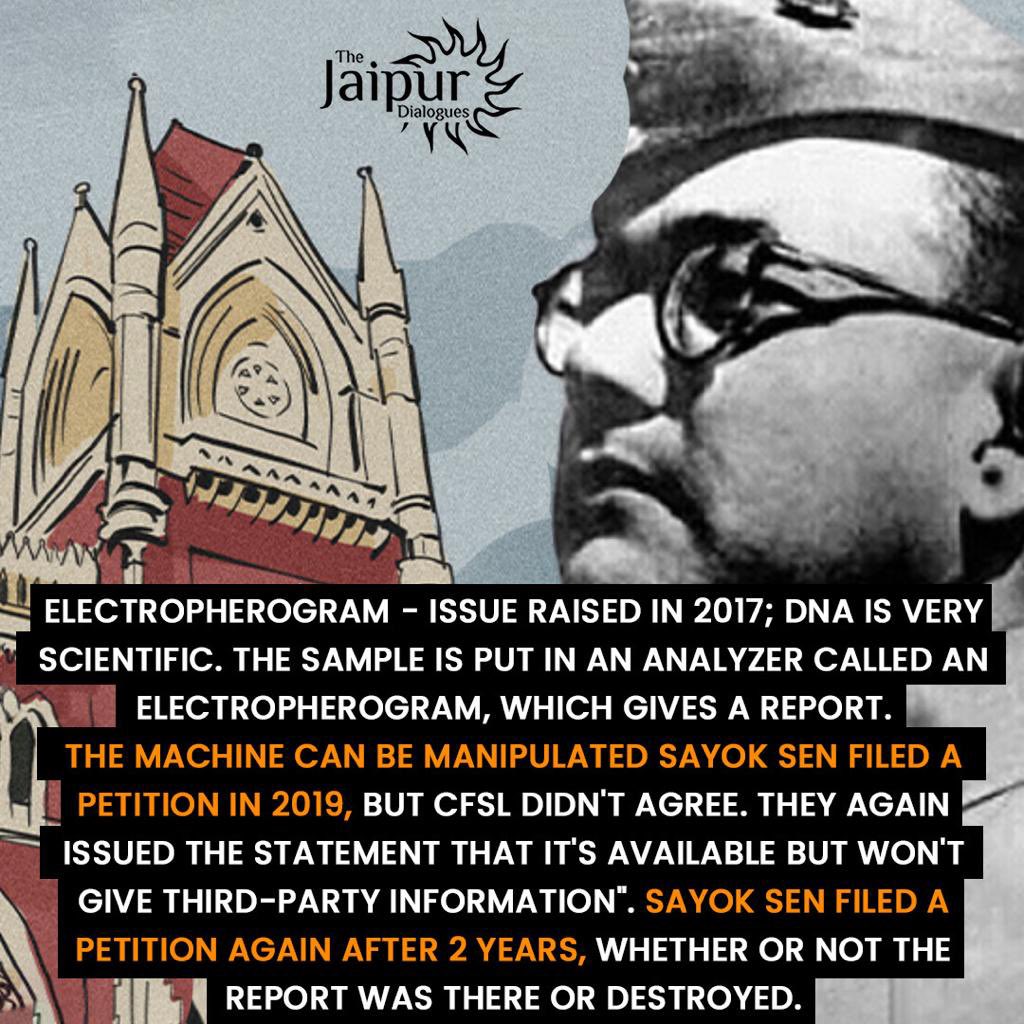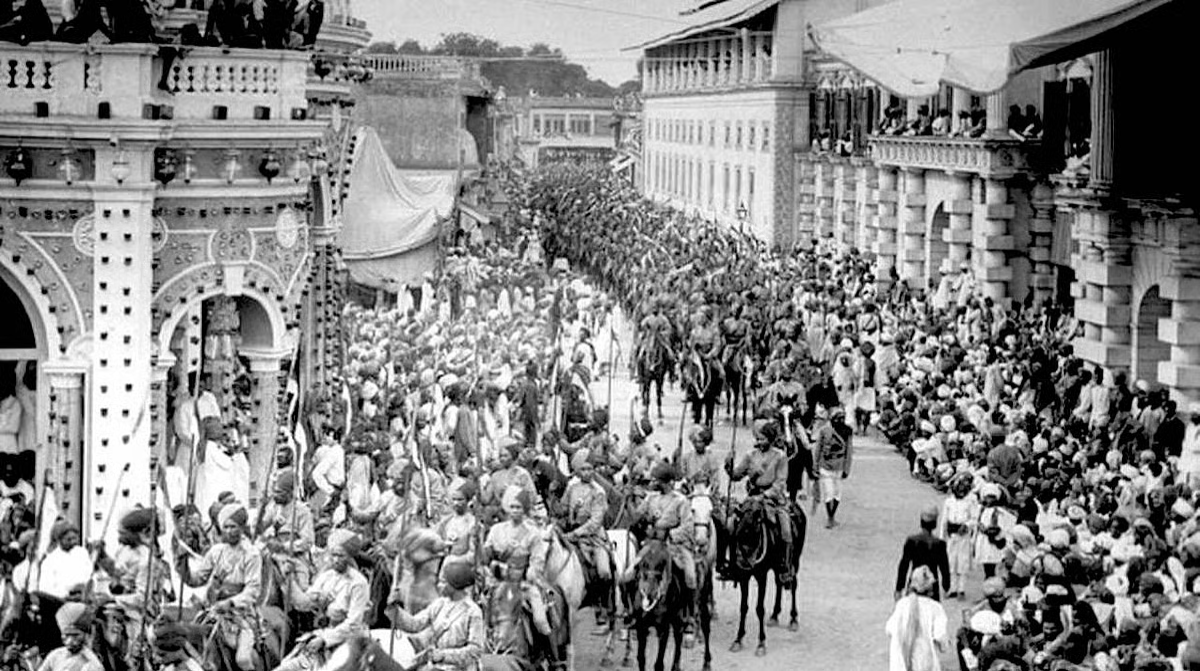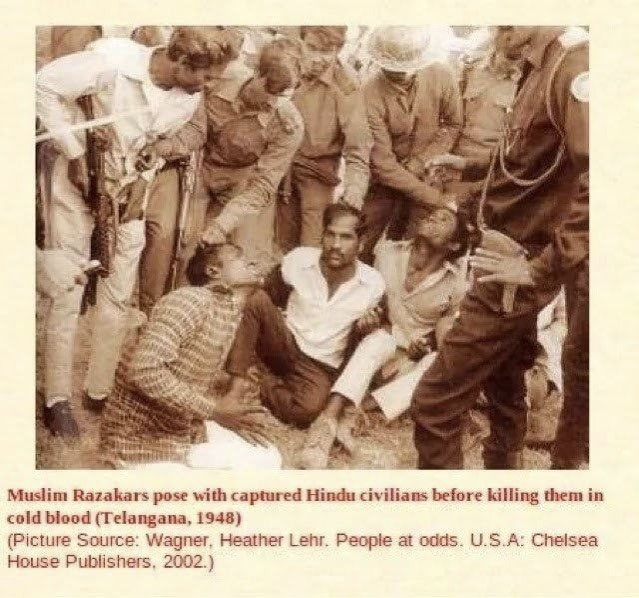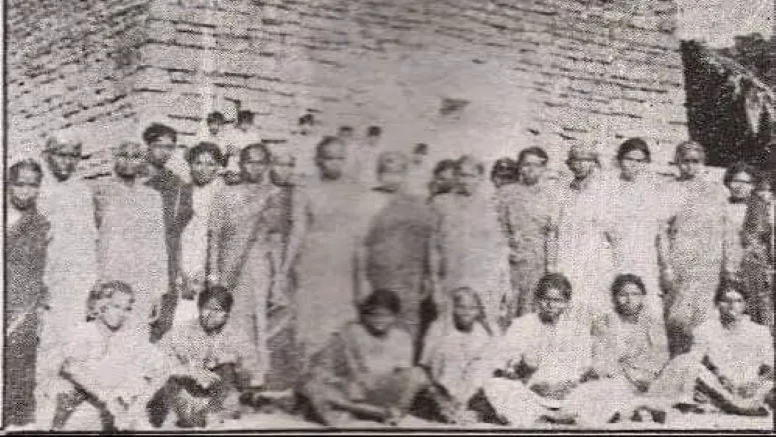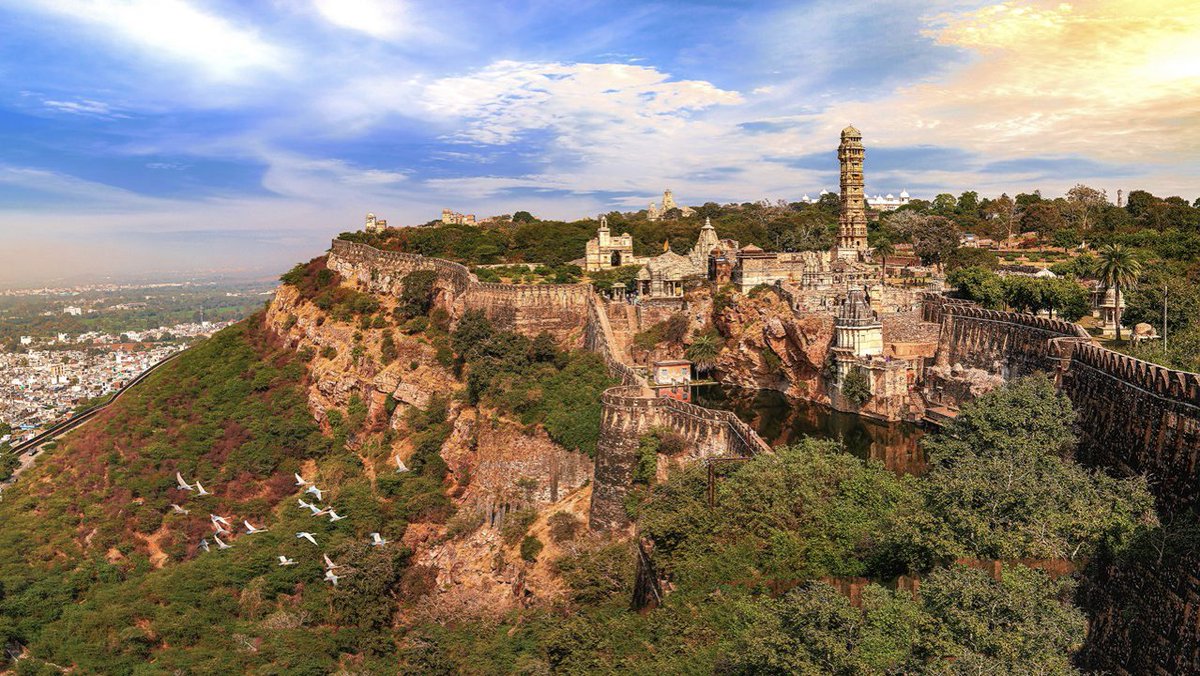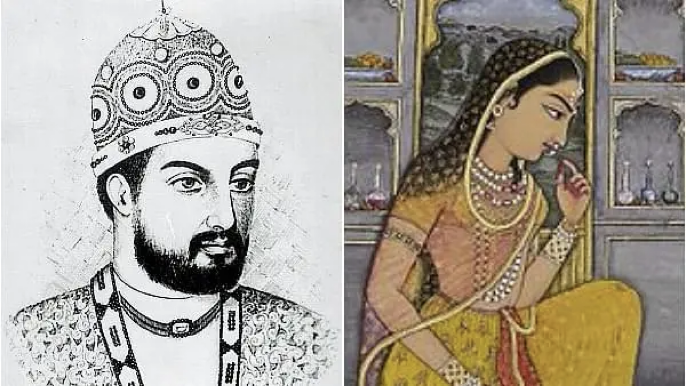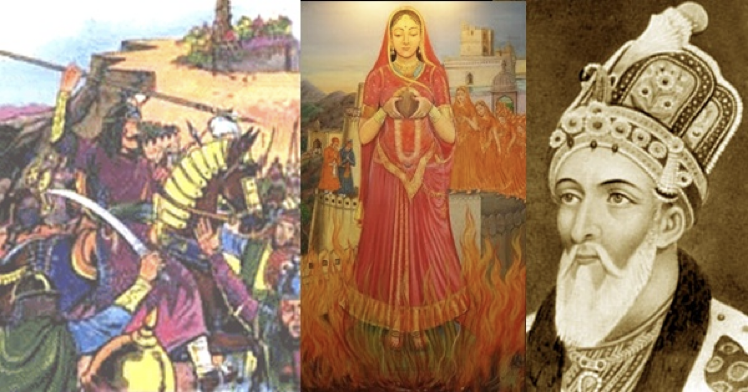Happy birthday Netaji!
Subhas Chandra Bose, Gumnami Baba, a revolutionary and a man of action.
#SubhashChandraBose
Check out the thread⬇️



Subhas Chandra Bose, Gumnami Baba, a revolutionary and a man of action.
#SubhashChandraBose
Check out the thread⬇️




• • •
Missing some Tweet in this thread? You can try to
force a refresh




